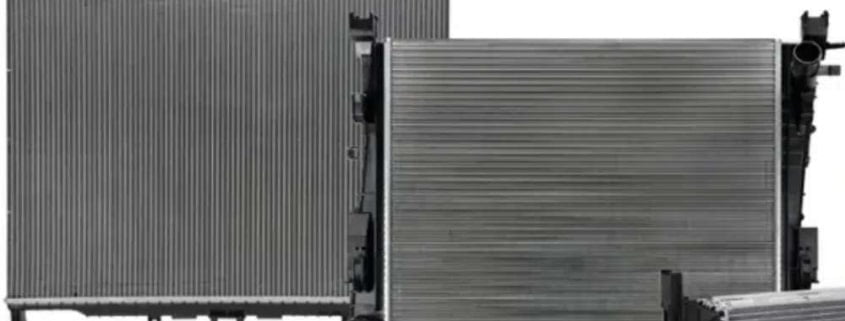Everything you need to know about plastic car radiators
Need a new plastic radiator for your vehicle?
A plastic car radiator refers to the material of the tanks placed on the side or top of the radiator. These tanks are usually made of plastic on stock radiators.
The tanks hold coolant inside them as it travels to and from the radiator. The tanks have inlets and outlets placed at either end for the coolant exit and continue onwards to the next part of the system.
The radiator itself is definitely not plastic! These days the most common radiator configuration is called a plastic/aluminium radiator and is usually what you will find in the car directly from the vehicle manufacturer.
Full aluminium or alloy radiators are considered to be for performance applications and tend to be an upgrade from stock models. Not sure what you need? Read on for our guide on plastic/aluminium car radiators.
Are you in need of a new radiator? Natrad has a range of plastic and aluminium radiators suited to a variety of vehicle applications, backed by a 3-year nationwide
What’s the deal with plastic car radiators?
There are several different combinations of materials that make up a radiator. There is the core and then the tanks. The type of metal can indicate its application and approximate age. For example, copper/brass radiators were common before the ’70s and generally only appear in industrial or heavy-duty applications these days.
Plastic/aluminium radiators became more popular after the 70s thanks to their reduced cost and weight. That is why you will find a plastic/aluminium radiator in most passenger cars in recent times. This refers to plastic tanks and aluminium cores (fins and tubes).
Crossflow/downflow
There are 2 common types of coolant flow in radiators known as crossflow or downflow. This refers to the direction of coolant flow. Radiators with tanks on the top are known as downflow, as the coolant travels from top to bottom.
Radiators with tanks on the sides are known as, you guessed it, crossflow radiators because the coolant travels from one side to the next.
Both of these configurations are found in plastic/aluminium radiators. The orientation will generally depend on your vehicle’s set-up and available space within the engine bay. Either one has an effective cooling capacity and doesn’t have a major advantage over the other.
Advantages and disadvantages of plastic car radiators
Plastic/aluminium radiators are a less costly option and are quite lightweight. However, they do come with some disadvantages. If the tanks crack or fail, the whole radiator will need to be replaced. It is not an easy job to find replacement tanks and most advice you’ll come across will simply recommend you replace the entire unit.
When it comes to replacement, Copper/brass radiators are the easiest as tanks can be removed and reattached relatively easily. Today this material is usually only found in heavy-duty applications or older cars.
If you are in need of a replacement plastic/aluminium radiator, then you’re in luck. Natrad has a range of quality options suitable to a variety of vehicles.
There are full alloy radiator replacement or custom design options, which may be suitable for a re-core or repair. As they are generally more costly to begin with, they are not the ideal option for the average car. However, if you are interested in increased cooling, then full alloy might be the option for you.
All plastic and aluminium radiators are covered by a 3-year nationwide warranty for the ultimate peace of mind. Just speak to your nearest Natrad store and ask a cooling specialist!








